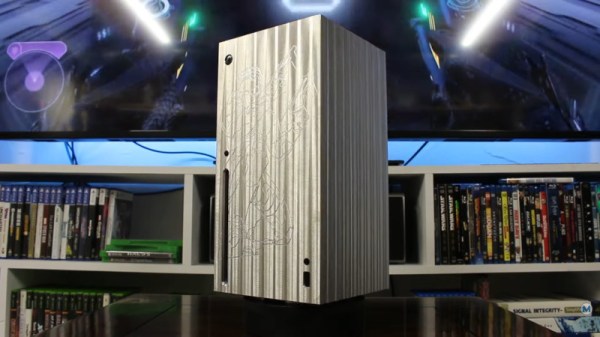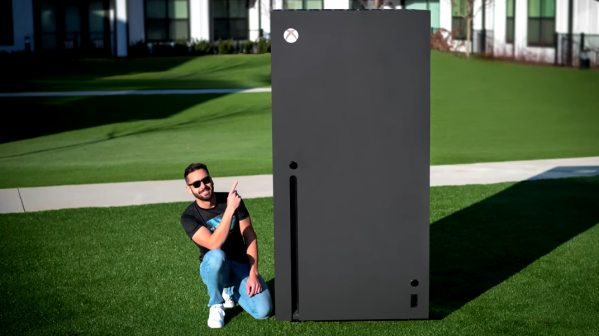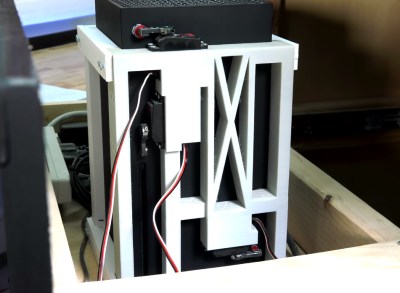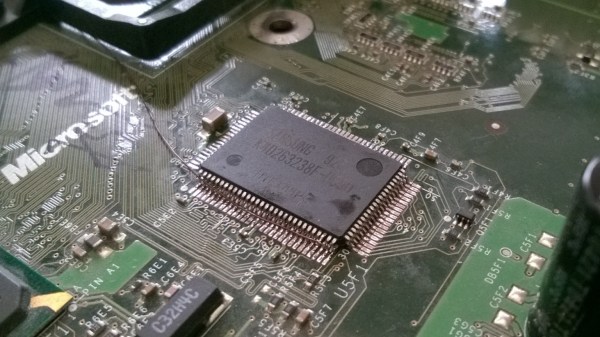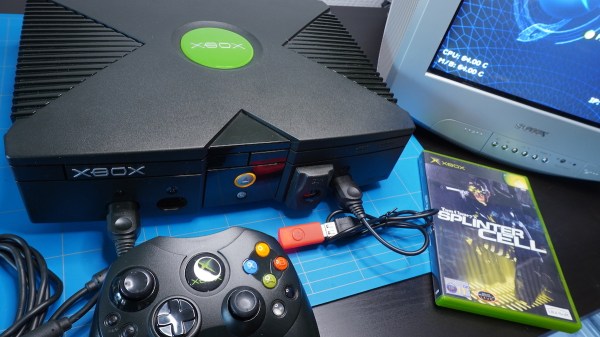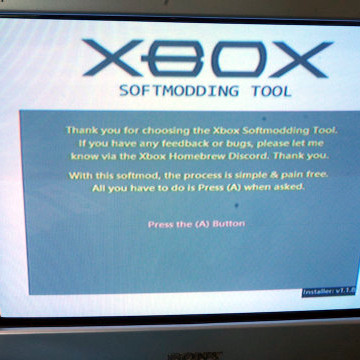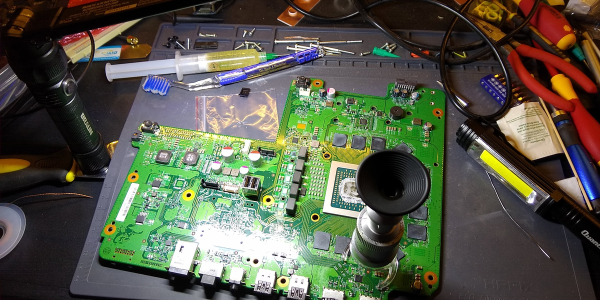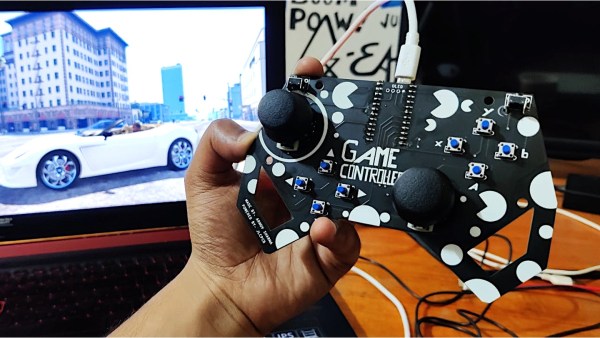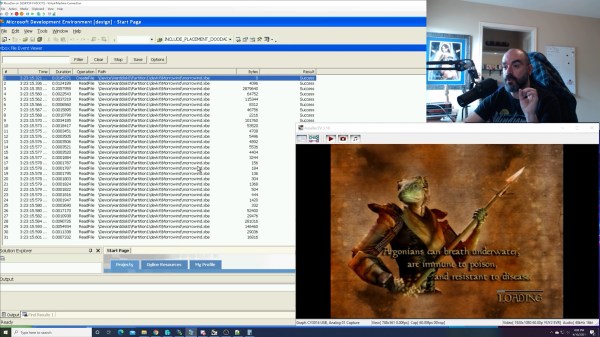The world of console modding has delivered us some amazing projects over the years, usually rendering an original into a completely different form factor. [Modified] has done a special bit of console modding on an Xbox Series X, with the unusual result of keeping exactly the same form factor. What makes it special? His Series X has been given a new case, almost identical to the original, but instead of molded plastic it’s machined entirely from a single billet of aluminium stock.
From one perspective it’s a slightly crazy endeavor — pushing the limits of his mill to remove 90% of the stock. But from another it’s an interesting tale of how to approach such a project, of the challenges in reaching further into a workpiece than the tooling is designed for, and also of the cooling for the Xbox itself. Sure he could have made it from aluminium plate and screwed it together, but in doing so he’d have denied us the chance to follow a machining adventure.
The result is an Xbox that’s nominally the same as when it left the factory, but which looks so much cooler. Oddly the aluminum doesn’t act as a heatsink because the console is air-cooled, but particularly on the bottom there are more holes than were found in the original. On the front is an engraving of Master Chief from Halo 2‘s cover art which really puts the finishing touch on the build — though we wonder whether it might benefit from a little resin to make it stand out a bit.
Hungry for more Series X case mods? They don’t come bigger than this one!

